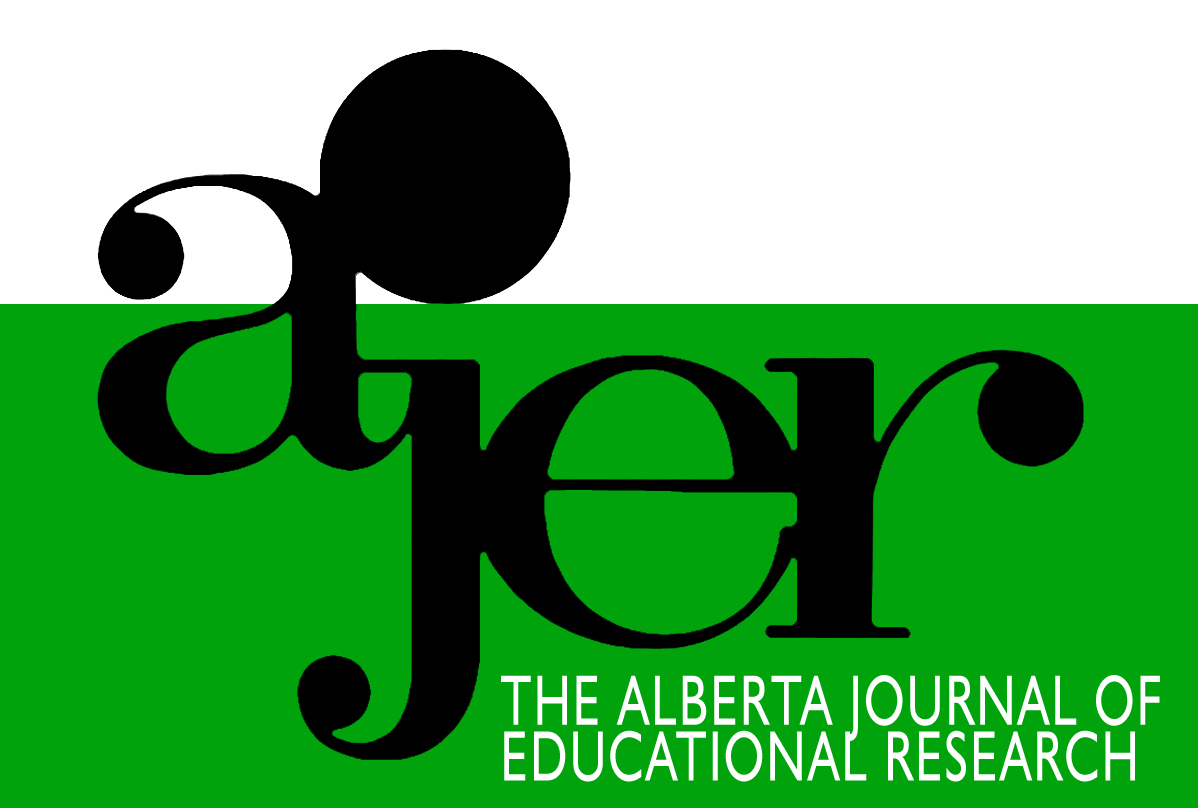Test-Takers’ Background, Literacy Activities, and Views of the Ontario Secondary School Literacy Test
DOI:
https://doi.org/10.55016/ojs/ajer.v57i2.55472Keywords:
Literacy activities, home background, literacy performance, view of the test, the Ontario Secondary School Literacy TestAbstract
This study examined the relationships among students’ background information and their in-school and after-school literacy activities, as well as the relationships between students’ background and their views of the Ontario Secondary School Literacy Test (OSSLT). The results showed that students’ literacy activities could be grouped into three types: e-literacy, traditional literacy, and creative literacy. Furthermore, results showed that categorization of literacy activities depended on whether the activities were conducted in English or in another language. Gender predicted certain types of literacy activities. Compared with English-as-a-first-language (L1) students, English-as-a-second-language (L2) students’ background influenced more of their views of the test.Cette étude a porté sur les rapports, d’une part, entre les antécédents des élèves et leurs activités scolaires et parascolaires en matière d’alphabétisation et, d’autre part, entre ces renseignements généraux et la perception qu’ont les élèves du test provincial de compétence linguistique de l’Ontario (TPCL). D’après les résultats, il est possible de regrouper les activités d’alphabétisation des élèves en trois catégories : l’alphabétisation électronique, l’alphabétisation traditionnelle et l’alphabétisation créative. De plus, les résultats indiquent que la catégorisation des activités d’alphabétisation dépendait de la langue dans laquelle se déroulaient les activités (anglais ou autre). Le genre constituait une variable prédictive de certains types de ces activités. Les antécédents des élèves dont l’anglais était la langue seconde influençaient plus leur perception du TPCL que ceux des élèves pour qui l’anglais était la langue maternelle.
Downloads
Downloads
How to Cite
Issue
Section
License
UNIVERSITY OF ALBERTA COPYRIGHT LICENSE AND PUBLICATION AGREEMENT
If accepted, authors will be asked to sign a copyright agreement with the following points:
A. Where there is any inconsistency between this Copyright License and Publication Agreement and any other document or agreement in relation to the same subject matter, the terms of this Agreement shall govern.
B. This document sets out the rights you are granting in relation to publication of your article, book review, or research note entitled (the “Article”) through inclusion in the academic journal titled Alberta Journal of Educational Research (the “Journal”) published through the Faculty of Education, representing the Governors of the University of Alberta (the “Journal Editor”).
C. There will be no payment to you for this publication and grant of rights. In consideration of the agreement to publish the Article in the Journal:
1. You are warranting that:
- the content of the Article is your original work, and its content does not contain any material infringing the copyright of others; or, where the Article is not entirely your original work, you have obtained all necessary permissions in writing to grant the rights you are giving in this agreement;
- the content of the Article does not contain any material that is defamatory of, or violates the privacy rights of, or discloses the confidential information of, any other person;
- the Article has not been published elsewhere in whole or in part, and you will not allow publication of the Article elsewhere without the consent of the Journal Editor;
- the names of all co-authors and contributors to the Article are:
2. You agree to license the copyright in the Article to the Journal Editor, on a worldwide, perpetual, royalty free basis; and to the extent required by the terms of this agreement. You shall retain the right at all times to be acknowledged as the/an author of the Article.
3. You further agree that the Journal Editor has the entitlement to deal with the Article as the Journal Editor sees fit, and including in the following manner;
- The right to print, publish, market, communicate and distribute the Article and the Journal, in this and any subsequent editions, in all media (including electronic media), in all languages, and in all territories, ing the full term of copyright, and including any form of the Article separated from the Journal, such as in a database, abstract, offprint, translation or otherwise, and to authorize third parties to do so;
- The right to register copyright of the Journal;
- The right to edit the Article, to conform to editorial policy as the Journal Editor sees fit.
4. If any co-author or contributor to the Article does not sign this agreement, the Journal Editor reserves the right to refuse to publish the Article.



